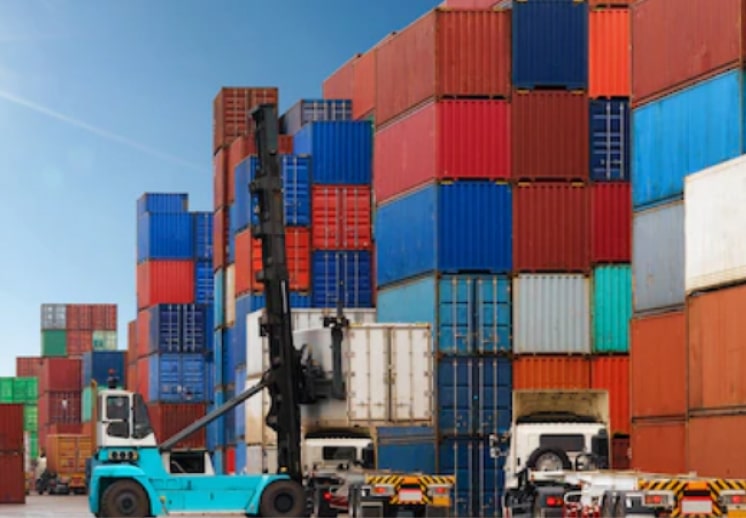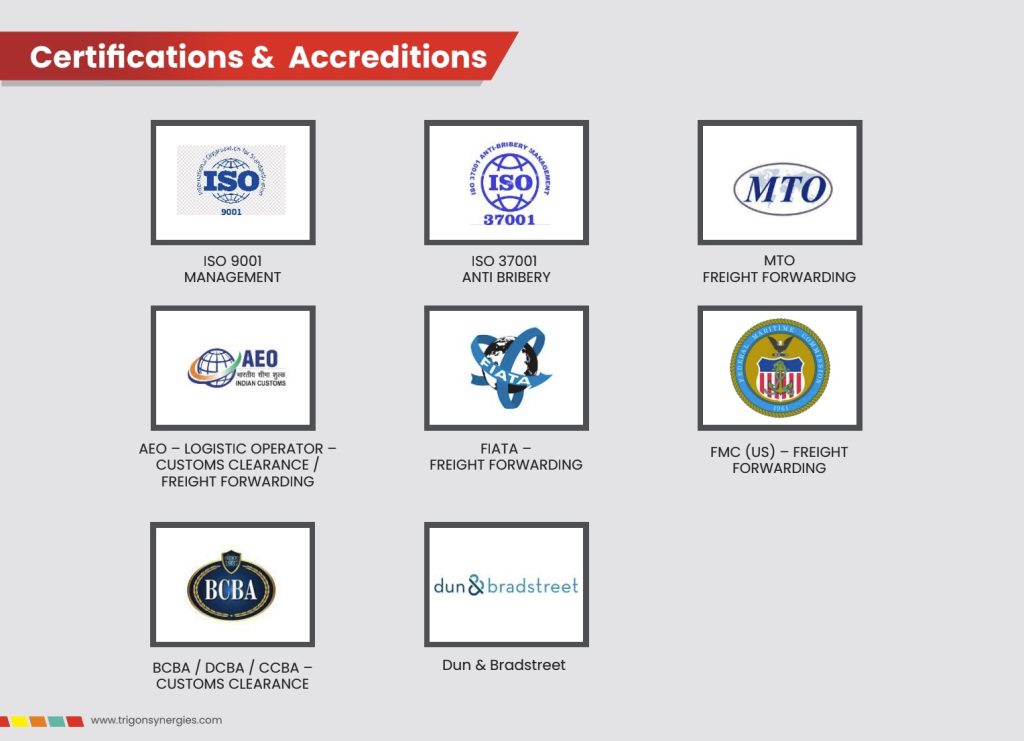Blank sailings, also known as “void sailings,” refer to the cancellation of a scheduled shipping service without a replacement voyage. In other words, a shipping company decides not to send a vessel on a particular route for a specific period, leaving customers and shippers in the lurch.
They are basically the shipping equivalent of a ghost ship! These spooky voyages are like the Bermuda Triangle of the shipping world: mysterious, unexplained, and leaving everyone scratching their heads. In this blog, we will try our best to figure them out!
While they may cause disruptions in the supply chain, blank sailings are a common practice in the shipping industry and are used to balance capacity with demand. In this era of global trade and logistics, understanding blank sailings is crucial for businesses that rely on international shipping.
Shipping lines and carriers follow particular sailing schedules. They have a set number of days to finish the task list and return to the base. Due to this, they are given published arrival dates at the destination ports in these schedules, and as a result, the number of days each port has to load and unload the ship is specified.
Let’s say that New Zealand is the final stop on the journey. The ship should arrive on schedule at the main port in New Zealand. If not, numerous containers will become vulnerable.
The route schedule cannot always be followed, nevertheless. Due to different factors, such as bad weather or backed-up ports, a ship may arrive at a previous port beyond its scheduled time.
The shipping line in this instance has to announce a blank sailing to avoid additional wait time and delays in reaching New Zealand.
To add further to the discussion, here are the reasons why blank sailings occur and the implications they can have in detail:
- Market conditions & Port congestion
Shipping lines may cancel sailings to adjust their capacity to match changes in demand. This often happens when there is a slump in the market and shipping lines have excess capacity.
Also, when a vessel misses its allocated berth due to congestion, it can cause a knock-on effect, leading to delays in the delivery of cargo. In such cases, shipping lines may opt to cancel a sailing to avoid further delays.
- Mechanical issues
Occasionally ships need urgent repairs for technical problems that can only be fixed in specific places/ports. This interferes with the sailing’s initial schedule. In these circumstances, a carrier may decide to take a quicker route or skip a port in order to keep up with the remainder of the schedule.
- Adverse weather conditions
Severe weather conditions such as hurricanes or typhoons can cause disruptions to vessel schedules. When weather conditions pose a risk to the safety of the crew and the cargo, shipping lines may cancel sailings to avoid potential losses.
The consequences of blank sailings can be significant, especially for shippers and consignees who rely on the timely delivery of their goods. Blank shipments can result in delays and higher costs. The cancellation of a sailing may also lead to the rollover of cargo to the next available vessel, which can cause further delays and additional costs.
So what does one do in the case of a Blank Sailing?
First things first: DO NOT PANIC!
You must cope with blank sailing because it is a necessary component of the shipping industry. That is the reality! Although shipping companies let you know in advance, it’s frequently too late to do anything beneficial.
Yet you may set sail again with careful preparation and crisis management in place. You may receive a heads-up thanks to an accurate forecast and real-time tracking facility for your cargo.
Although it is likely that your cargo will be scheduled aboard the following shipment, we advise you to maintain backup supplies on hand. Therefore, bear in mind the necessity of the items and your market commitments when establishing a backup transportation plan.
Concluding words
Blank shipments can also have a knock-on effect on the entire supply chain. Freight forwarders may need to rebook cargo, which can cause additional administrative work and costs. The cancellation of a sailing may also cause congestion at ports and terminals, leading to longer waiting times for vessels and trucks. But remember that they are a strategy that shipping lines use to manage their capacity and respond to changes in demand or external factors. It is crucial for businesses to stay informed about the latest developments in the shipping industry and plan accordingly to mitigate the impact of blank sailings on their operations.
Blank sailings, also known as “void sailings,” refer to the cancellation of a scheduled shipping service without a replacement voyage. In other words, a shipping company decides not to send a vessel on a particular route for a specific period, leaving customers and shippers in the lurch.
They are basically the shipping equivalent of a ghost ship! These spooky voyages are like the Bermuda Triangle of the shipping world: mysterious, unexplained, and leaving everyone scratching their heads. In this blog, we will try our best to figure them out!
While they may cause disruptions in the supply chain, blank sailings are a common practice in the shipping industry and are used to balance capacity with demand. In this era of global trade and logistics, understanding blank sailings is crucial for businesses that rely on international shipping.
Shipping lines and carriers follow particular sailing schedules. They have a set number of days to finish the task list and return to the base. Due to this, they are given published arrival dates at the destination ports in these schedules, and as a result, the number of days each port has to load and unload the ship is specified.
Let’s say that New Zealand is the final stop on the journey. The ship should arrive on schedule at the main port in New Zealand. If not, numerous containers will become vulnerable.
The route schedule cannot always be followed, nevertheless. Due to different factors, such as bad weather or backed-up ports, a ship may arrive at a previous port beyond its scheduled time.
The shipping line in this instance has to announce a blank sailing to avoid additional wait time and delays in reaching New Zealand.
To add further to the discussion, here are the reasons why blank sailings occur and the implications they can have in detail:
- Market conditions & Port congestion
Shipping lines may cancel sailings to adjust their capacity to match changes in demand. This often happens when there is a slump in the market and shipping lines have excess capacity.
Also, when a vessel misses its allocated berth due to congestion, it can cause a knock-on effect, leading to delays in the delivery of cargo. In such cases, shipping lines may opt to cancel a sailing to avoid further delays.
- Mechanical issues
Occasionally ships need urgent repairs for technical problems that can only be fixed in specific places/ports. This interferes with the sailing’s initial schedule. In these circumstances, a carrier may decide to take a quicker route or skip a port in order to keep up with the remainder of the schedule.
- Adverse weather conditions
Severe weather conditions such as hurricanes or typhoons can cause disruptions to vessel schedules. When weather conditions pose a risk to the safety of the crew and the cargo, shipping lines may cancel sailings to avoid potential losses.
The consequences of blank sailings can be significant, especially for shippers and consignees who rely on the timely delivery of their goods. Blank shipments can result in delays and higher costs. The cancellation of a sailing may also lead to the rollover of cargo to the next available vessel, which can cause further delays and additional costs.
So what does one do in the case of a Blank Sailing?
First things first: DO NOT PANIC!
You must cope with blank sailing because it is a necessary component of the shipping industry. That is the reality! Although shipping companies let you know in advance, it’s frequently too late to do anything beneficial.
Yet you may set sail again with careful preparation and crisis management in place. You may receive a heads-up thanks to an accurate forecast and real-time tracking facility for your cargo.
Although it is likely that your cargo will be scheduled aboard the following shipment, we advise you to maintain backup supplies on hand. Therefore, bear in mind the necessity of the items and your market commitments when establishing a backup transportation plan.
Concluding words
Blank shipments can also have a knock-on effect on the entire supply chain. Freight forwarders may need to rebook cargo, which can cause additional administrative work and costs. The cancellation of a sailing may also cause congestion at ports and terminals, leading to longer waiting times for vessels and trucks.
But remember that they are a strategy that shipping lines use to manage their capacity and respond to changes in demand or external factors. It is crucial for businesses to stay informed about the latest developments in the shipping industry and plan accordingly to mitigate the impact of blank sailings on their operations.



